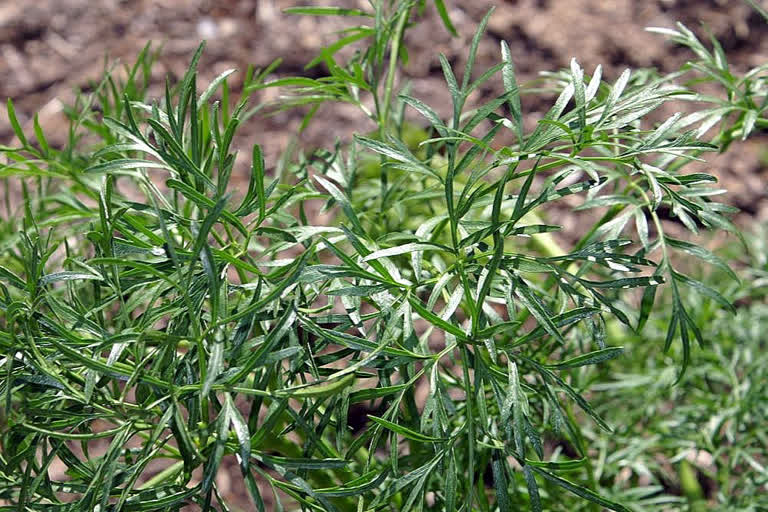Kullu: Asafoetida also known as heeng in India which is rich in medicinal properties will now be cultivated in India. India consumes 50 per cent of asafoetida produced in the world. The country’s first asafoetida plant was planted on October 17 in Quaring village of Lahaul at a height of about 11 thousand feet above sea level. This is the first time that asafoetida has been planted in the country.
The asafoetida plant was scientifically developed in the laboratory of Institute of Himalayan Bioresource Technology (IHBT) at Palampur using seeds which were brought from Afghanistan. The institute has chosen Lahaul-Spiti district to produce asafoetida for a trial. Asafoetida is expected to revolutionise the economy of tribal farmers, if the IHBT initiative is successful.
At present, only 7 farmers in the valley have been given asafoetida plants on a trial basis. Dr Sanjay Kumar, Director of IHBT, planted asafoetida in the farm of former ZP vice-president Riggin Hierpa. He said asafoetida has not been cultivated in the country yet. The institute has developed a technique to grow asafoetida saplings from its seeds.
The annual consumption of asafoetida in the country is around 1200 tonnes. India imports 90 per cent asafoetida from Afghanistan, eight per cent from Uzbekistan and two per cent from Iran. The institute has prepared six varieties of asafoetida in the research centre in Palampur. It is necessary to have a 20 to 30 degree Celsius temperature for asafoetida cultivation. Asafoetida will be cultivated in about 5 acres of land during the trial.
Asafoetida tree matures in five years
Asafoetida takes about five years to be ready for harvest. Senior scientist of the institute, Dr. Ashok Kumar said that the upper region of the Himalayas has been found suitable for cultivation of asafoetida.
Also Read: CSIR introduces 'heeng' cultivation in Himachal's Lahaul Valley



